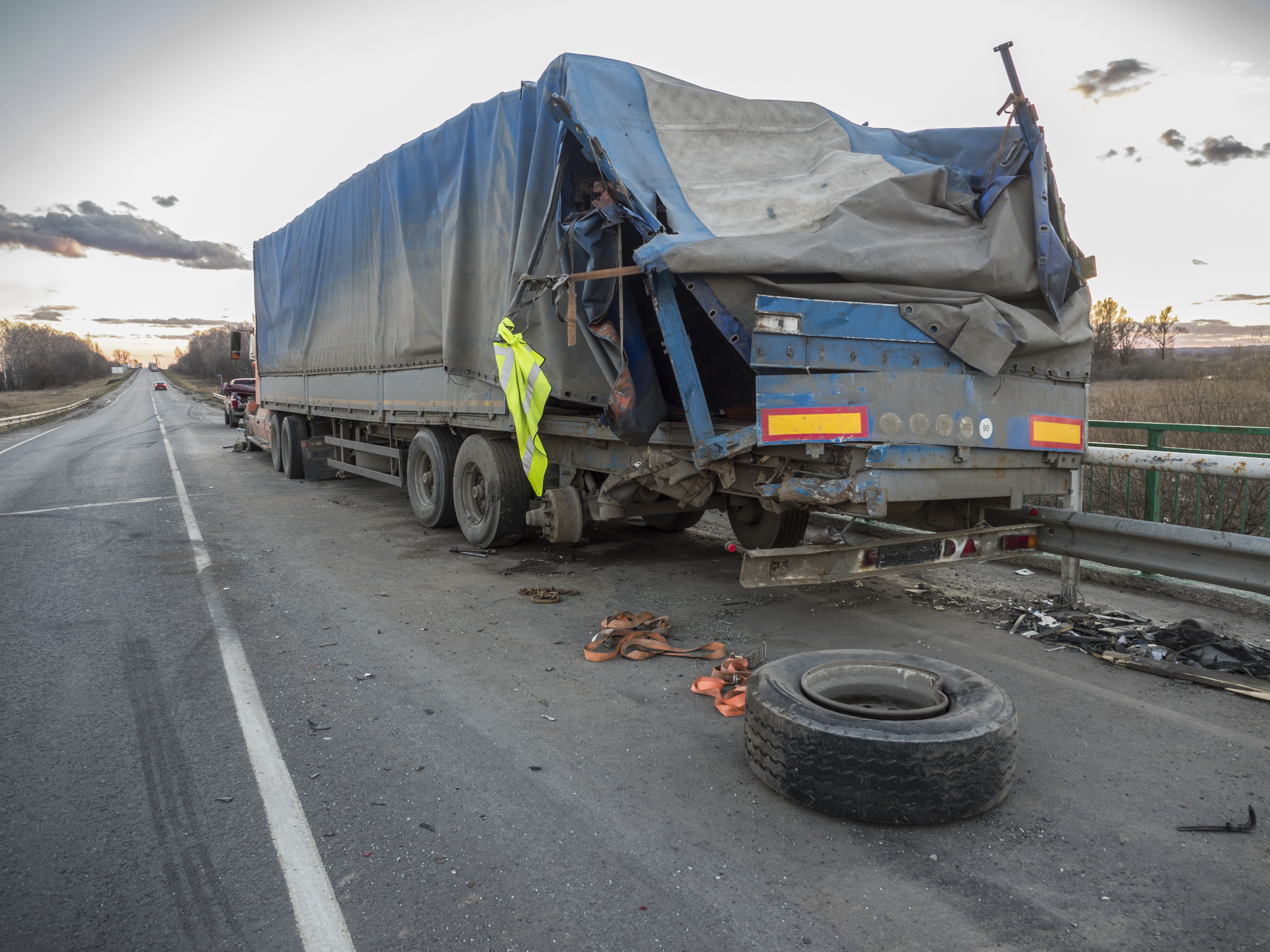Have you ever been driving down the highway and a car or truck in front of you loses a wheel? This can be a terrifying sight, and the damage caused by a wheel shooting down a highway can be massive. If the wheel strikes another vehicle, it can easily cause catastrophic injuries or death.
Even more unnerving, the National Transportation and Safety Board estimates that approximately 750-1050 wheel separations occur per year on tractor trailers alone. And these figures could be a gross underestimate as many of the cases go unreported if they do not cause damage. This post provides some basic information about wheel separations.
What is it?
- When the wheel detaches from the vehicle and becomes a rolling, runaway wheel. When a wheel separates on a highway, the rolling wheel barely slows down. This can pose an immediate danger for anyone on the road or even in close proximity.
- Wheel separations are also called Wheel Run-Offs, or Wheel Offs.
- Wheel Offs are most common in commercial vehicles such as tractor trailers and RV Trailers. Utility trailers – both business and privately owned – are also susceptible.
What are the causes?
- Essentially wheel separation happens either as a result of faulty maintenance or a manufacturer defect
- The most common cause is the failure of fasteners. This is where the nuts fall off or wheel studs break and release one of two wheels from the vehicle.
- Broken axles. Axles are important to a car as they feed power provided by the transmission to the wheels to make your car move. If an axle breaks, the car will not work properly.
- Faulty wheel installation. This typically happens during inspections and tire replacements. A loosened tire and a lug nut not safely attached to the wheel’s stud to prevent a tire from becoming loose, could put pressure on the studs which could damage and eventually break them. Without support from the studs, the vehicle’s wheels could separate from your car.
- Hub failures. If a hub is too tight or too loose it can fail and lead to wheel separation. Common warning signs include leakage from the hub’s seals, smoke, and clicking sounds.
When can it happen?
- The failures typically occur 175 to 3000 miles and 1 to 15 weeks after a wheel has been taken off and put back on during some maintenance service, like a tire installation.
Are there different types?
- Yes
- Left side wheel separations, which generally occur after the wheel nut spins off.
- Right side wheel separations, which generally occur after the wheel stud breaks off.
How do you litigate a wheel separation case?
If you or a loved one has been injured as the result of a wheel separation, then you need to speak with an attorney experienced with this type of claim. It is extremely important to speak with an attorney promptly.
At our firm, we work quickly to investigate the site of the incident as well as the wheel and vehicle. We have the knowledge and resources to determine whether the separation occurred due to a design defect or a maintenance issue. And we will work diligently to hold the negligent party accountable for any losses suffered by you due to a wheel separation.

Who is Liable?
The Owner – Whether the owner is a corporation responsible for maintaining their fleet vehicles, or an independent driver who owns their own truck, they will be responsible for maintenance negligence that leads to an accident.
The Truck Driver – Even if they are not the owner of the vehicle, the driver is responsible for inspecting tires and reporting maintenance needs to the owner. They may be liable if they fail to monitor tire inflation or address damage that leads to a blowout, for example.
Tire Manufacturer – There may be cases where the tire manufacturer is at fault for producing a faulty product.
